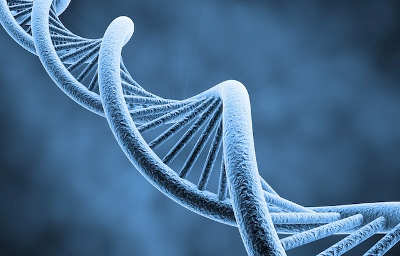
Antisense gene therapy is a form of treatment for genetic disorder and wide varieties of diseases like infection, cancer, diabetes, etc. USFDA, during 2014, has approved such drugs like, fomivirsen and retinitis for the treatment of cytomegalovirus and hypercholesterolemia.
This therapy is termed as anti-sense because of the fact that, the synthesis of the mRNA is done by strand with original DNA double helix, which has a complementary strand of DNA called, the anti-sense strand. The RNA strands produced from these DNA are also complementary and the protein produced by this RNA does not have any function.
Type of drug used in Antisense gene therapy
Here the drugs are the “silenced genes”. This therapy is also known as gene silencing technique because, it aims to silence the damaged genes rather than killing it or repairing it.
Using the information present in the genetic code, the proteins are produced in two steps.
1. The genetic code of DNA is transcribed into mRNA, which then travels to the ribosomes.
2. The ribosomes use the information present in mRNA as a tool to build the protein.
In Antisense gene therapy, the silenced gene cannot transcribe a correct mRNA, this further synthesis wrong and function less protein, that are supposed to cause damage to the body or inhibits the synthesis of the proteins that are harmful to the body.
How does antisense gene therapy work?
In antisense gene therapy, small single-stranded pieces of human DNA, known as oligonucleotides (sometimes abbreviated as oligos) are inserted into cells, these are chemically engineered to form a specific mRNA in the cell. The artificial mRNA inhibit the protein from being produced in one of two ways
1. By physically blocking translation of the mRNA
2. By producing an enzyme known as RNase H to degrade the mRNA Challenges.





